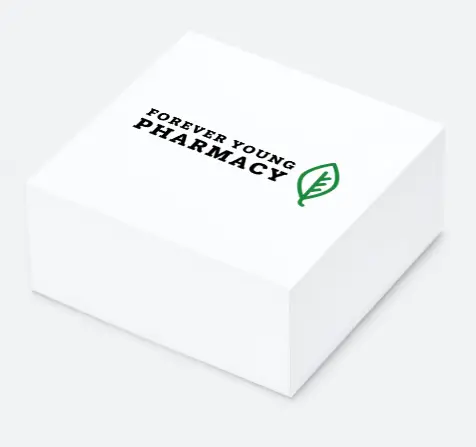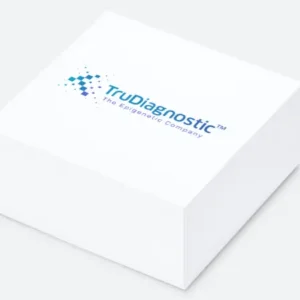Introduction to the Growth Hormone and IGF-1 Quick Check
Growth hormone secretagogues like GHRP-2, GHRP-6, Sermorelin, Ipamorelin, Tesamorelin, and CJC-1295 stimulate natural GH production, which can enhance muscle growth, fat loss, and recovery. This lab panel will measure Growth Hormone and IGF-1 levels to tracking the effects of these peptides.
What’s Included:
Insulin-Like Growth Factor 1 (IGF-1)
- Reason: IGF-1 is a direct downstream mediator of GH and a key indicator of GHS efficacy. Measuring IGF-1 levels confirms whether the peptides are effectively stimulating GH release and helps guide dosing. Elevated levels may also signal a need to adjust usage to avoid potential over-stimulation risks
Growth Hormone (GH) Serum Level
- Reason: Direct GH measurement is less common due to its pulsatile nature, but a single sample can provide a snapshot of baseline or peak levels post-administration. It’s useful for research purposes or to confirm GHS activity, though IGF-1 is typically a more reliable indicator.
Suggested Testing Frequency
- 4-6 Weeks After Starting: Assess initial response and tolerability.
- Every 3-6 Months (Ongoing Use): Monitor long-term effects and adjust as needed.
- Post-Cycle (If Cycling): Evaluate recovery and return to baseline.





